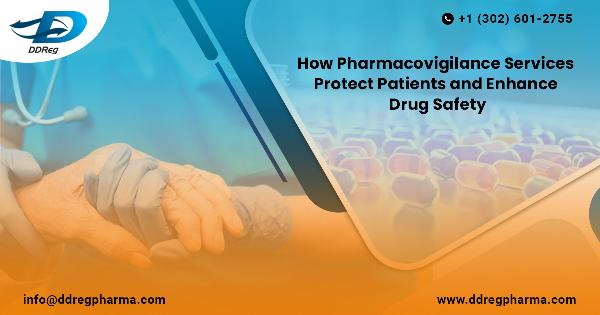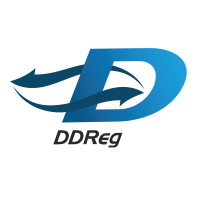How Pharmacovigilance Services Protect Patients and Enhance Drug Safety

New medications are constantly being developed to combat diseases and improve lives. But even after rigorous testing, unforeseen safety concerns can sometimes arise once a drug hits the market. This is where pharmacovigilance steps in – a vital science dedicated to ensuring medication safety for patients.
What is Pharmacovigilance?
Think of pharmacovigilance (PV) as the eagle-eyed guardian of drug safety. It's the science and activities related to detecting, assessing, understanding, and preventing adverse effects (side effects) or any other potential drug-related problems.
How Do Pharmacovigilance Services Protect Patients?
PV services play a critical role in safeguarding patient health by:
Collecting Data on Adverse Drug Reactions (ADRs): These services establish systems for healthcare professionals and patients to report any negative experiences they have with a medication. This data collection allows for the identification of potential safety issues.
PV Signal Detection: PV specialists analyze the reported ADRs to identify "signals" – any new, unexpected, or changing safety concerns. This might involve a sudden increase in a specific side effect or a worrisome trend in a particular patient population.
PV Risk Management: Once a signal is detected, PV services conduct thorough evaluations to understand the risks associated with the drug. This includes assessing the severity of the side effects, the likelihood of their occurrence, and any potential risk factors.
Regulatory Reporting: PV professionals play a crucial role in communicating safety information to regulatory affairs Services. They submit reports on identified risks and work with regulators to determine if any action needs to be taken, such as changing the prescribing information or even withdrawing the drug from the market.
Patient and Healthcare Professional Communication: PV services are responsible for developing clear and concise safety information for patients and healthcare professionals. This includes updates to drug labels, safety warnings, and educational materials.
Benefits of Utilizing Pharmacovigilance Services:
Early Detection of Safety Concerns: By actively monitoring for ADRs, PV services can identify potential problems early on, before they cause widespread harm.
Improved Patient Safety: Early detection and risk management strategies based on PV data directly translate to a safer medication experience for patients.
Informed Prescribing Decisions: Healthcare professionals rely on accurate and up-to-date safety information provided by PV services to make informed decisions about prescribing medications to their patients.
Continuous Monitoring: PV is not a one-time activity. It's an ongoing process that ensures the safety of medications throughout their entire lifecycle, even after they have been on the market for many years.
Who is Involved in Pharmacovigilance?
Pharmaceutical companies are legally obligated to have robust PV systems in place. However, the responsibility for ensuring drug safety is a shared effort involving various stakeholders:
Pharmaceutical Companies: They are responsible for establishing and maintaining PV systems, collecting and analyzing ADR data, and reporting to regulatory authorities.
Regulatory Authorities: These agencies, like the FDA in the US, review PV data and take necessary regulatory actions to protect public health.
Healthcare Professionals: Doctors, nurses, and other healthcare providers are crucial for reporting ADRs they observe in their patients.
Patients: Patients are encouraged to report any negative experiences they have with their medications to their healthcare providers or directly to regulatory authorities.
The Future of Pharmacovigilance:
The field of PV is constantly evolving. With the increasing use of electronic health records and digital technologies, new opportunities are emerging for more efficient data collection, analysis, and signal detection. This will allow for even more proactive and effective monitoring of drug safety in the future.
Conclusion:
Pharmacovigilance services play an essential role in safeguarding patient health. By actively monitoring medications for potential risks and ensuring transparent communication of safety information, PV helps to ensure that the drugs we take are as safe and effective as possible. As patients, we can all contribute to this process by being aware of and reporting any side effects we experience with our medications. Working together, we can create a safer future for everyone.
Note: IndiBlogHub features both user-submitted and editorial content. We do not verify third-party contributions. Read our Disclaimer and Privacy Policyfor details.


